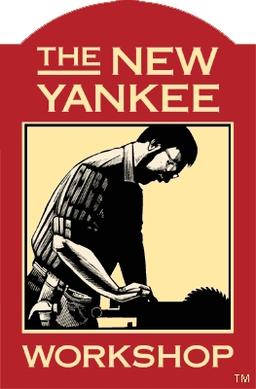I built a stand for my (new to me) drill press! Everything is nice and square, and I’m really proud of the result. And then I put it on my not so flat garage floor… And the locking casters aren’t all that effective anymore. It’s also pretty wobbly. Any tips for placing movable tool stations on wonky floors? Smoothing the floor sounds like too much work!
It looks like you’ve shimmed it. Tapered shims might make that easier and it seems to be a reasonably common solution.
I’m taking a different route. Instead of locking casters, I’m going to put lifting casters. That way I can deploy the casters when I want to move something and drop to standard levelling feet when I’m in position.
Lee Valley and others sell them, but there are a variety of ways to do it yourself by mounting the casters to something with a hinge, then lever them up into position.
I’ve also seen methods for mounting a couple of narrow, wide boards on a dolly, sliding it under, then twisting those boards upright to lift your equipment. One dolly (or two for long things like a workbench) will do for everything and it (they) don’t even take up space because you just store them under your cabinets.
Nice cabinet. That’s the direction I’m taking with my drill press, bandsaw, and press. By my calculations, that plus storage in my workbench should free up enough space on my walls for some basic lumber storage.
Good advice with the lifting casters 👍
Great call on lifting casters. I’m planning a project for a drill press stand myself and thanks to this thread I’m getting some good notes!
Assuming it currently uses four caster wheels - perhaps consider changing it to use three, arranged in a triangle. A three legged stool will sit ok on an uneven floor, but a four legged stool won’t.
I guess this would make it all much more likely to fall over though if say the drill was pushed to the side. Hmmm.
How often do you actually move it? if you bolted to your stand, and then just used a dolly whenever you needed to move it, would that work? then you could shim it and not wobble
Looks great. But. Does anyone feel the grain going vertical on the second drawer make it stand out? You may need to put down something to level your floor or use adjustable castors to “level” the drawers.
Haha yes the grain direction isn’t matched. This was made from 1 sheet + spare ply I had lying around. If I had enough, I might have made the effort. The sheet cut app I was using said I used something like 95% of the material. It was a tight fit.
Does anyone feel the grain going vertical on the second drawer make it stand out?
Sure, but for shop furniture I don’t care. Can always paint it if you want more consistency.
Yes, but you might have to build a new cart.
A three-wheeled cart will always be stable. Three points of contact will form a plane on any uneven surface. However, the three wheels need to be spread out more at the base, so that the weight on the cart can’t be tilted past a line formed by any two wheels (if the weight goes past one edge of the triangle formed by the wheels the cart will tip over).
Another option is to mount two wheels on a tilting axis that allows one side of a four-wheeled cart to adjust to the uneven floor (a bit more complicated to build).


